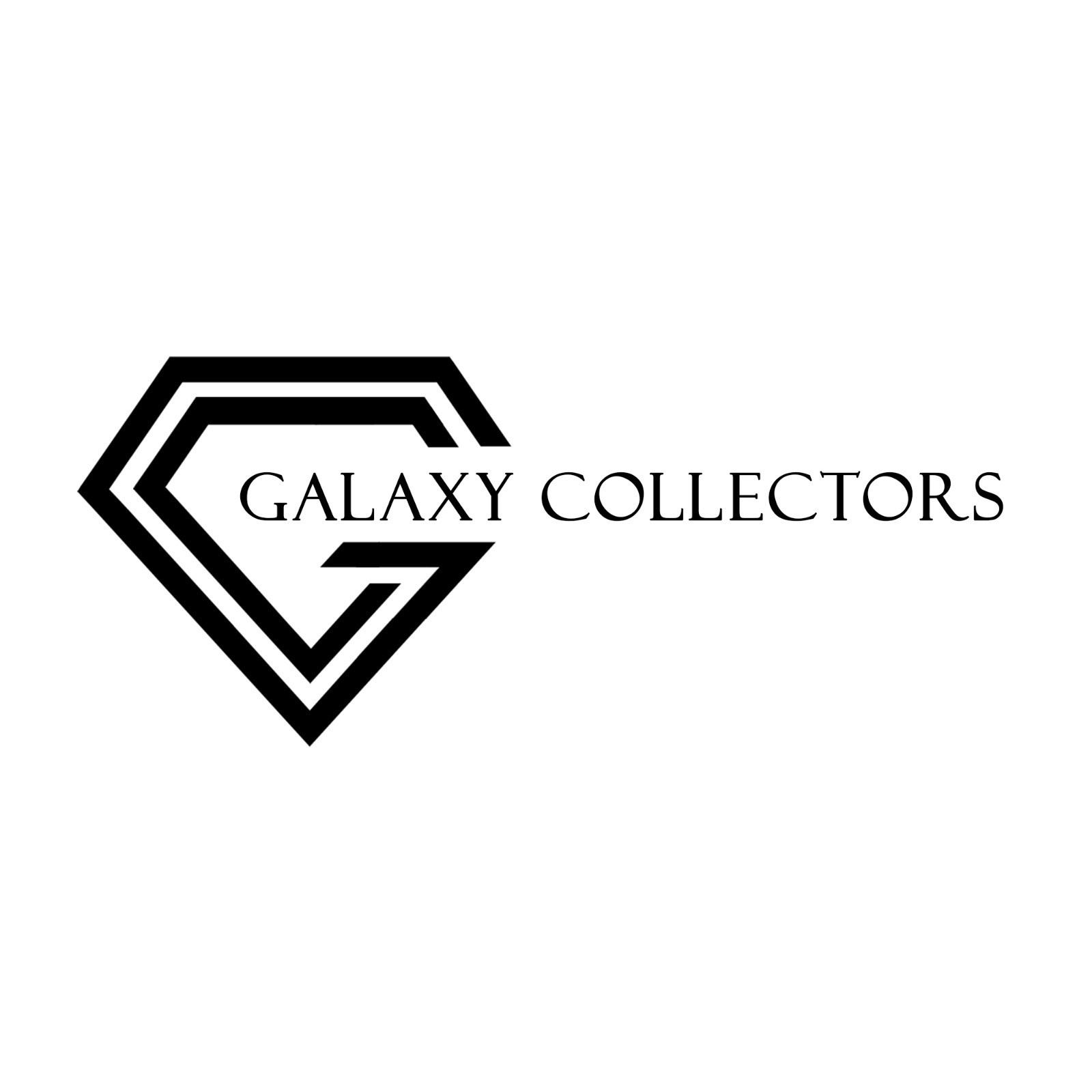Vous n'avez pas enchéri sur cette enchère.
2.10CT Natural Pink Tourmaline Stone
- UGS
- Dimensions (mm)
- 9.700 x 5.450 x 4.150mm
- Poids (cts)
- 2.100
- Shape
- Emerald
- Taper
- Faceted
- Clarity
- VVS
- Couleurs
-
2.10CT Natural Pink Tourmaline Stone
Weight:(2.10)CT
Colour:(Pink)
Origin:(Aghanistan)
Scientifically, tourmaline is not a single mineral, but a group of complex crystal silicate mineral compounded with elements such as aluminum, iron, magnesium, sodium, lithium, or potassium. Tourmaline can be found in a wide variety of colors from colorless to black. This, makes tourmaline one of the most popular gems among collectors. Iron-rich tourmalines vary from black to deep brown, magnesium-rich varieties are brown to yellow, and lithium-rich tourmalines are almost any color: blue, green, red, yellow, and pink. Until recently there was no pure yellow in the rich tourmaline color spectrum. Most have a tinge of brown to them. A new vivid yellow variety, known as canary tourmaline, was found in the year 2000 in southern East Africa, in Malawi. Least valuable tourmalines are the colorless variety which is also considered as the rarest variety. Tourmaline crystals with only one color are fairly rare; tourmalines are usually bi-colour or multi-colour. Tourmaline is a typical representative of the plutonic rocks, in which are stored the volatile materials vital to its formation. However, only the black tourmalines originate from pegmatitic melts; the gem qualities are of hydrothermal origin. Common inclusions in tourmaline are cracks that run parallel to each other at 90 degrees to the length of the crystal. Thornlike fluid inclusions are another common types of inclusions that occur in tourmaline gemstone. The only acceptable type of inclusions are the tubes, that when densely packed, produce a chatoyancy and catseye effect in cabochons (the eye in catseye tourmaline can be very strong.
- UGS
- Dimensions (mm)
- 9.700 x 5.450 x 4.150 mm
- Poids (cts)
- 2.100
- Shape
- Emerald
- Taper
- Faceted
- Clarity
- VVS
- Couleurs
-
2.10CT Natural Pink Tourmaline Stone
Weight:(2.10)CT
Colour:(Pink)
Origin:(Aghanistan)
Scientifically, tourmaline is not a single mineral, but a group of complex crystal silicate mineral compounded with elements such as aluminum, iron, magnesium, sodium, lithium, or potassium. Tourmaline can be found in a wide variety of colors from colorless to black. This, makes tourmaline one of the most popular gems among collectors. Iron-rich tourmalines vary from black to deep brown, magnesium-rich varieties are brown to yellow, and lithium-rich tourmalines are almost any color: blue, green, red, yellow, and pink. Until recently there was no pure yellow in the rich tourmaline color spectrum. Most have a tinge of brown to them. A new vivid yellow variety, known as canary tourmaline, was found in the year 2000 in southern East Africa, in Malawi. Least valuable tourmalines are the colorless variety which is also considered as the rarest variety. Tourmaline crystals with only one color are fairly rare; tourmalines are usually bi-colour or multi-colour. Tourmaline is a typical representative of the plutonic rocks, in which are stored the volatile materials vital to its formation. However, only the black tourmalines originate from pegmatitic melts; the gem qualities are of hydrothermal origin. Common inclusions in tourmaline are cracks that run parallel to each other at 90 degrees to the length of the crystal. Thornlike fluid inclusions are another common types of inclusions that occur in tourmaline gemstone. The only acceptable type of inclusions are the tubes, that when densely packed, produce a chatoyancy and catseye effect in cabochons (the eye in catseye tourmaline can be very strong.
| Fournisseur d'expédition | Expédition vers Thailand | Expédition dans le reste du monde |
|---|---|---|
| Standard Shipping - Tracked | $10.00 / 10 | $20.00 / 21 |
|
Reste du monde
Standard Shipping - Tracked bénéficie d'une remise de $130.00 sur les commandes contenant 10 ou plus d'articles
|
||
| FedEx | $30.00 / 10 | $35.00 / 10 |

Welcome to the Galaxy Collectors !! TheGalaxy Collectors has been operating from Thailand, And....
-
 Positif
PositifNice stone. VVS? Received with thanks.
-
 Positif
PositifCame fairly quickly and as stated.
Réserve non remplie
Pourquoi les utilisateurs se surenchérissent-ils ?
Lorsqu'une enchère est placée, il s'agit du montant maximum qu'une personne est prête à enchérir pour le produit. Notre système enchérira alors automatiquement au nom de l'enchérisseur, augmentant progressivement l'enchère jusqu'au maximum pour maintenir sa position de meilleur enchérisseur.
Lorsqu'une icône indiquant « Enchère automatique » apparaît, cela signifie que notre système place activement des enchères pour l'enchérisseur en fonction de son enchère maximale. Cela peut donner l'impression que les enchérisseurs se surenchérissent, mais c'est simplement le résultat de la mise à jour de l'enchère par le système pour refléter la limite maximale des enchérisseurs.












